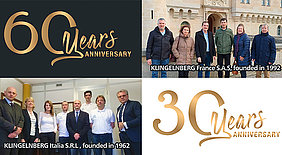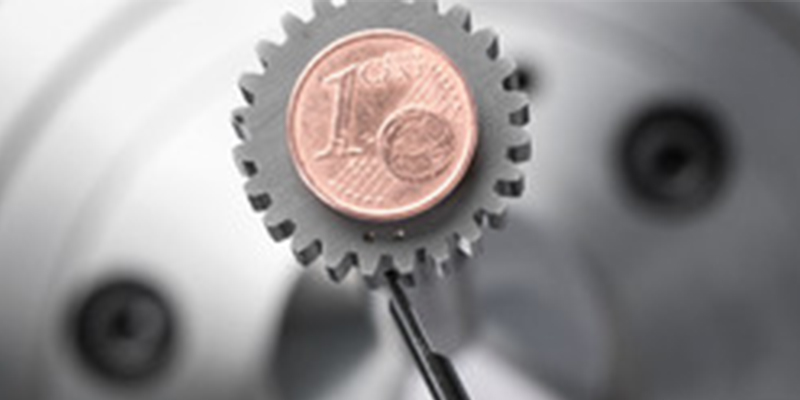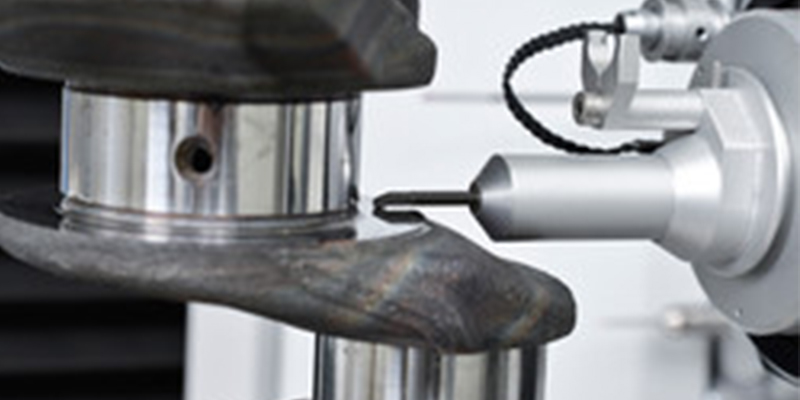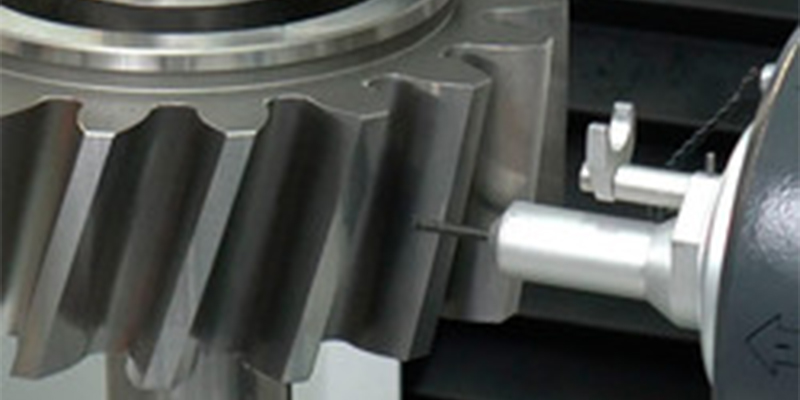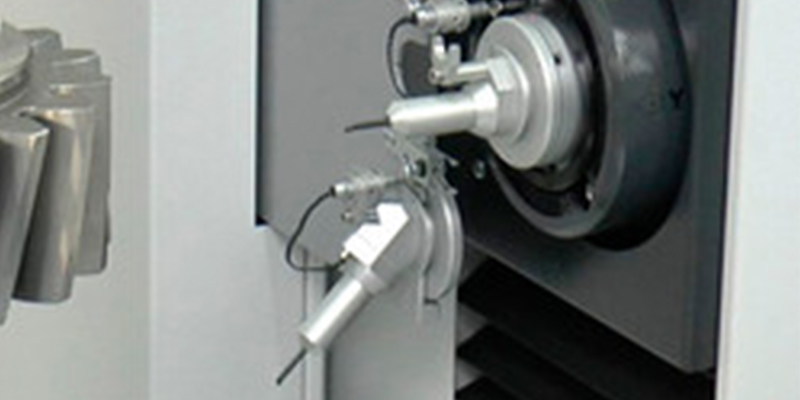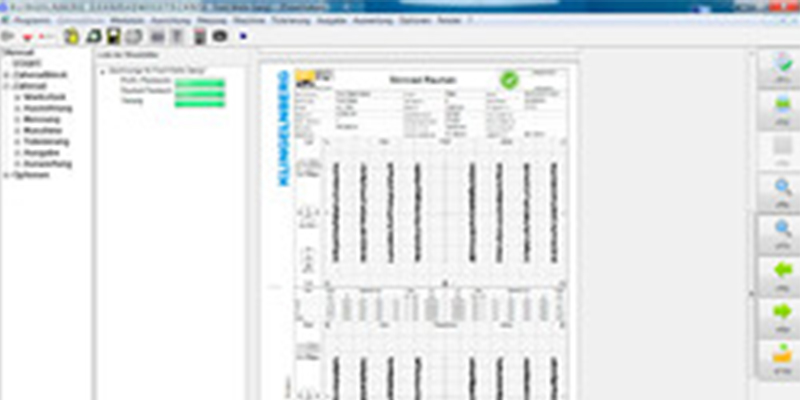This year, the KLINGELNBERG Group is celebrating not one, but two, company anniversaries. The Italian subsidiary KLINGELNBERG Italiana S.R.L., founded in 1962, is celebrating its 60th year, while the French company KLINGELNBERG France S.A.S., founded in 1992, is marking its 30th year. Both operations are wholly owned subsidiaries of KLINGELNBERG AG, headquartered in Zurich, Switzerland.
60 Years of KLINGELNBERG in Italy
Klingelnberg has had operations abroad since the 1950s. The founding of its Italian operation in 1962 laid the groundwork for offering customers and partners consultations and services in-country and in the local language. The company is located in Cernusco sul Naviglio, near the metropolitan city of Milan.
30 Years of KLINGELNBERG in France
France also has cause for celebration – 30 years in its case. Since 1992, customers have been able to rely on support directly in their home country of France. The offices of the French operation are located in Saint Germain-en-Laye, located approximately 25 km from Paris.

